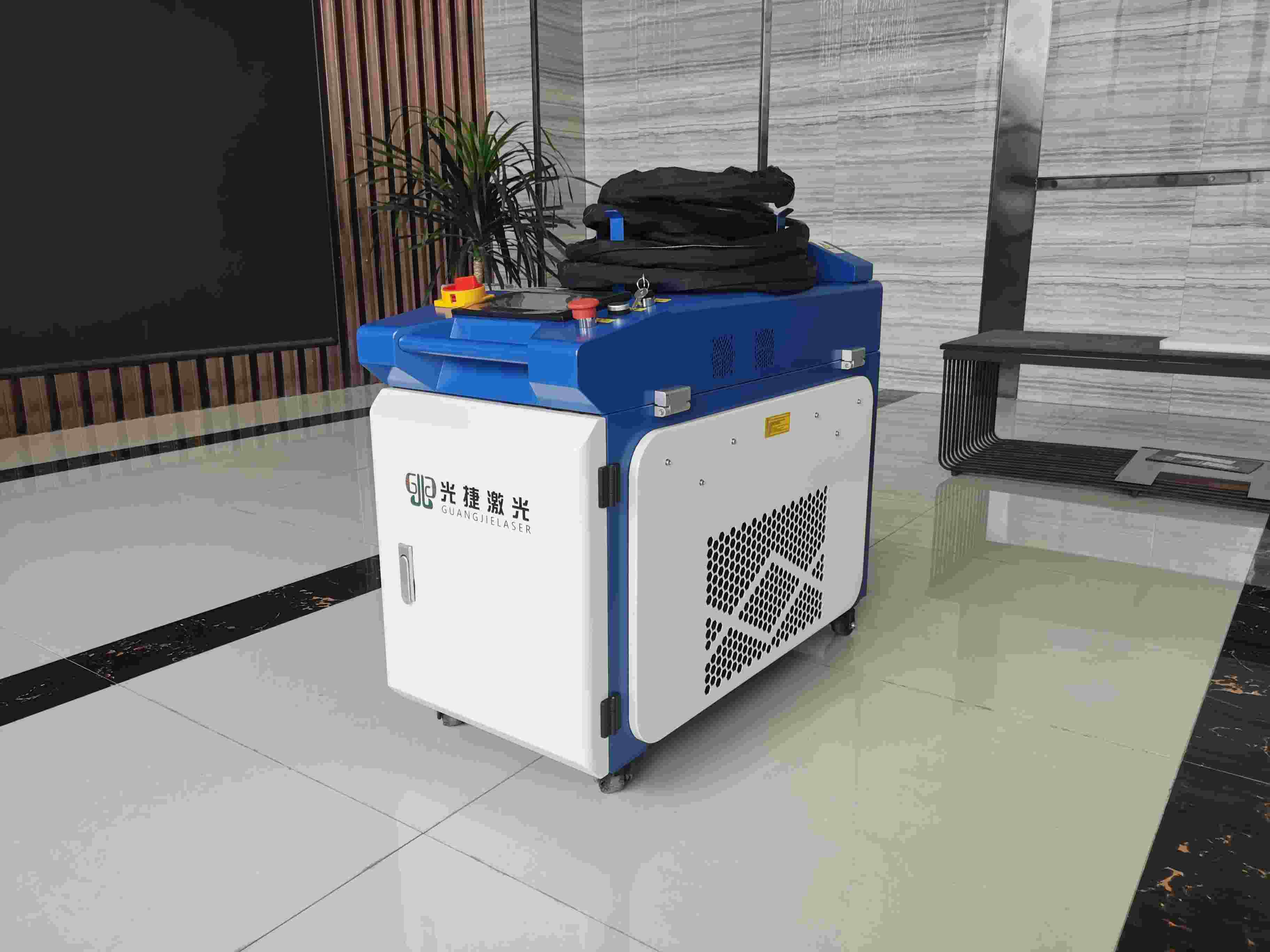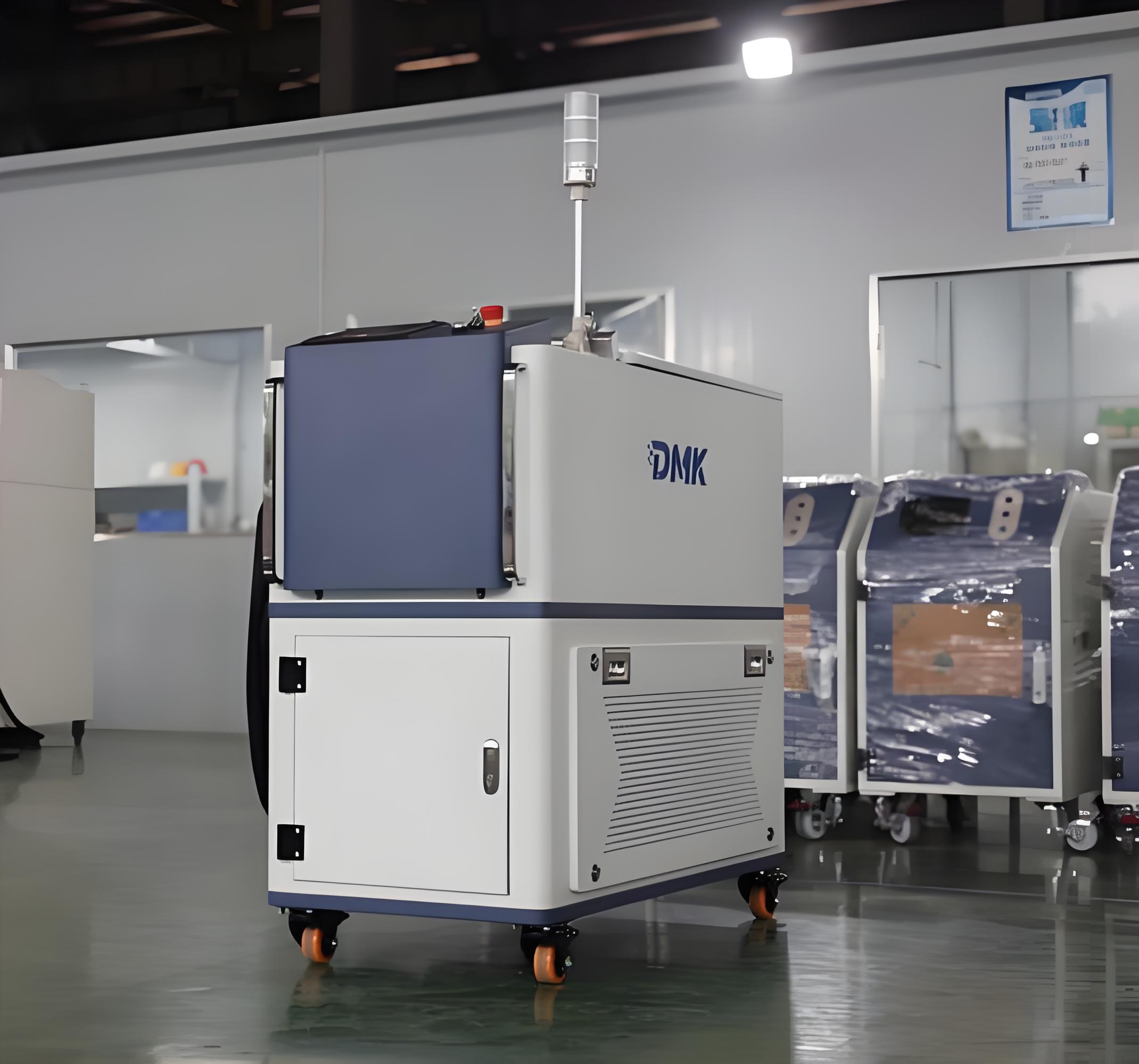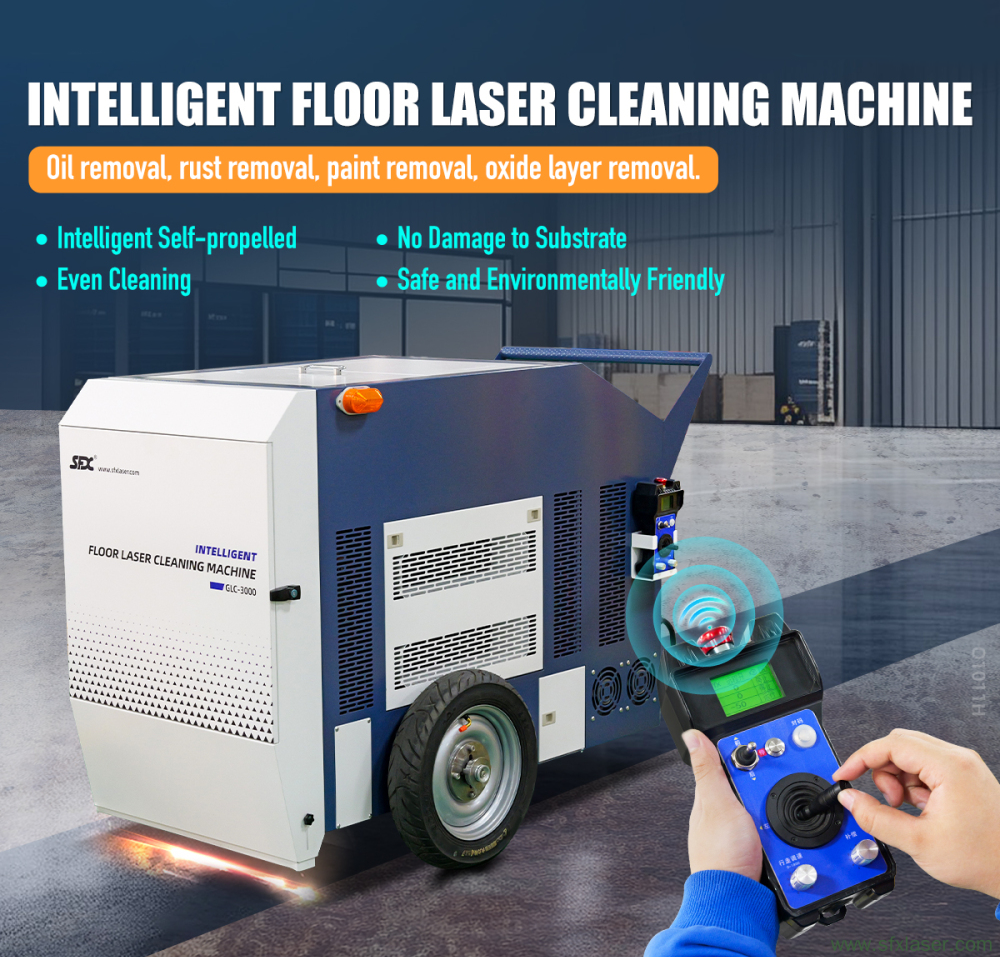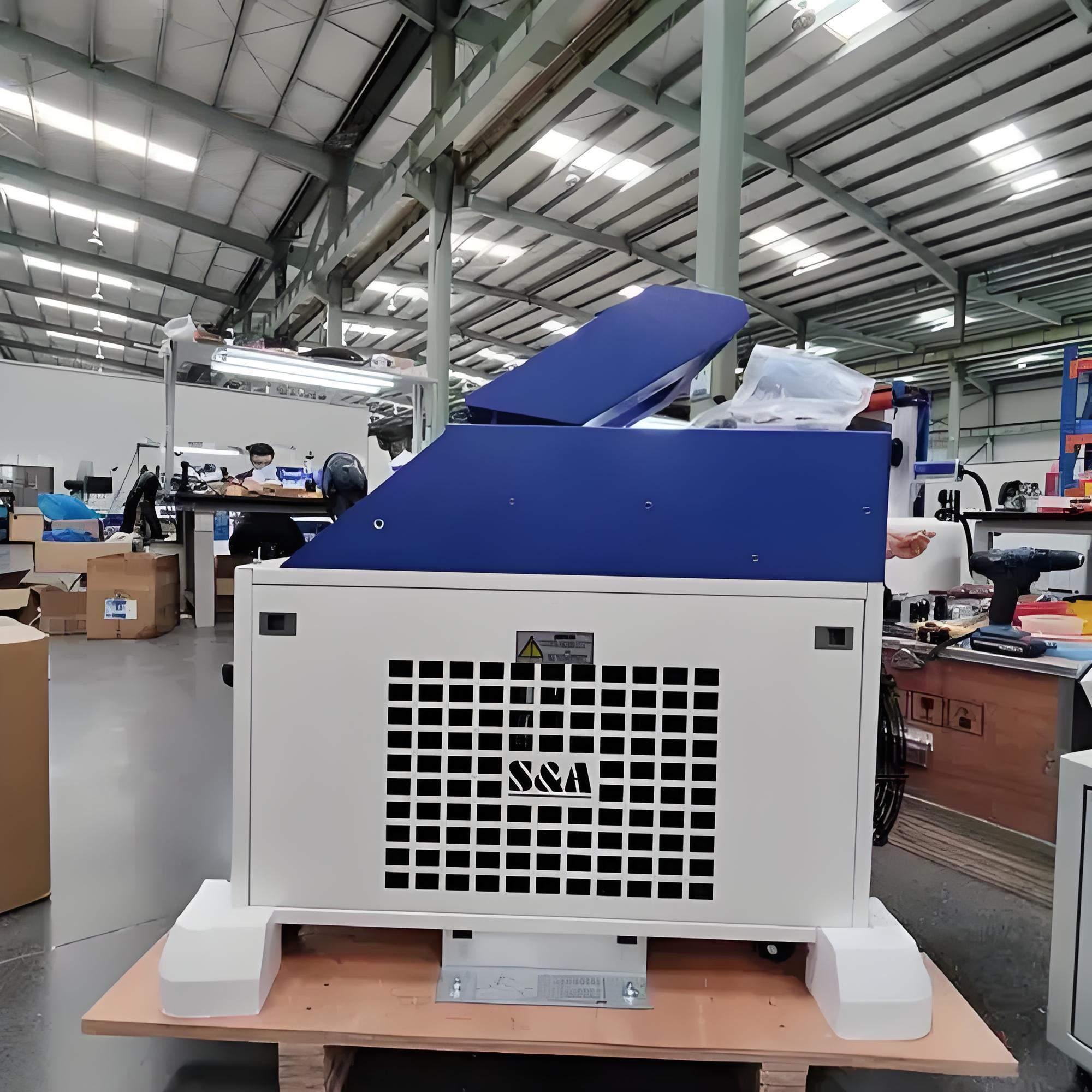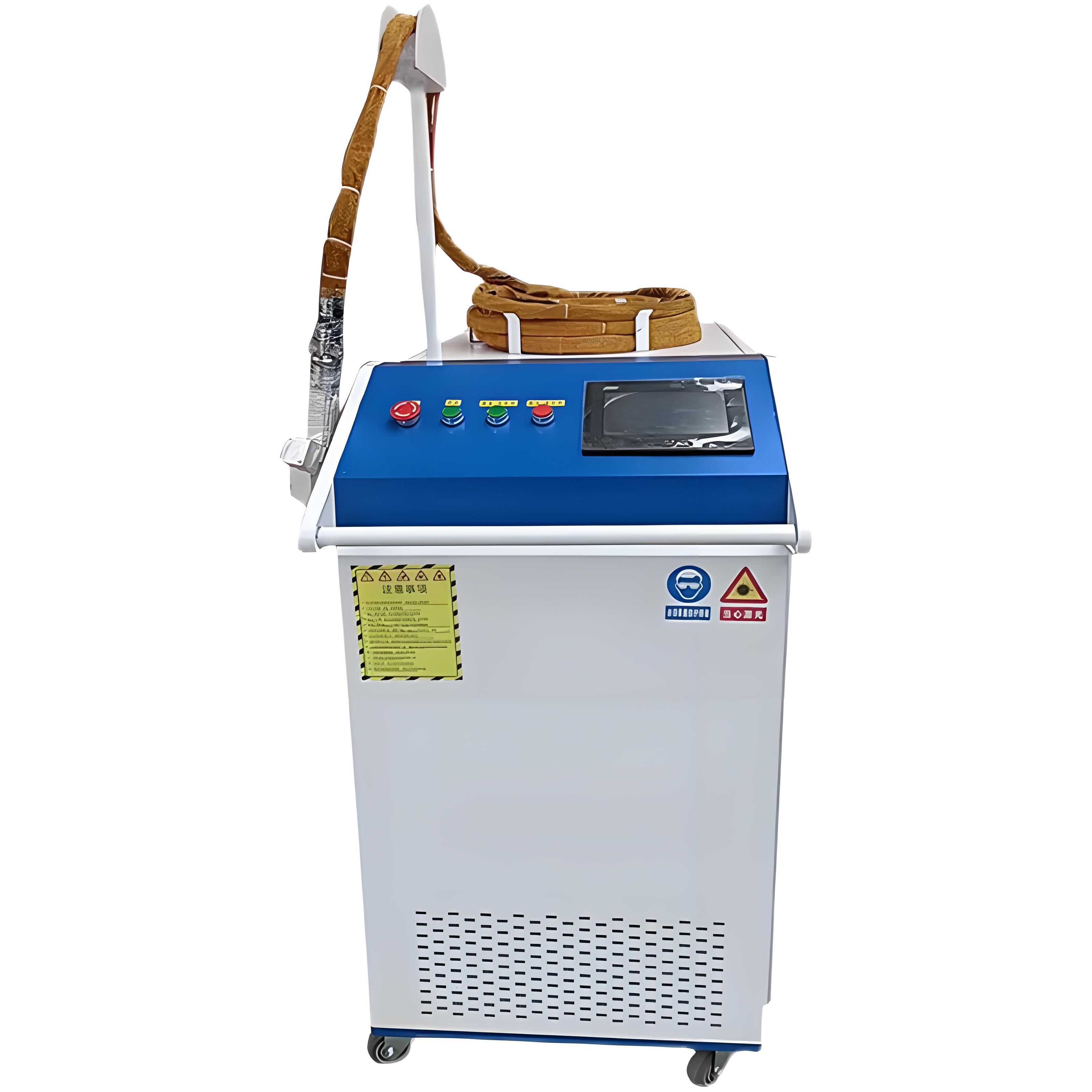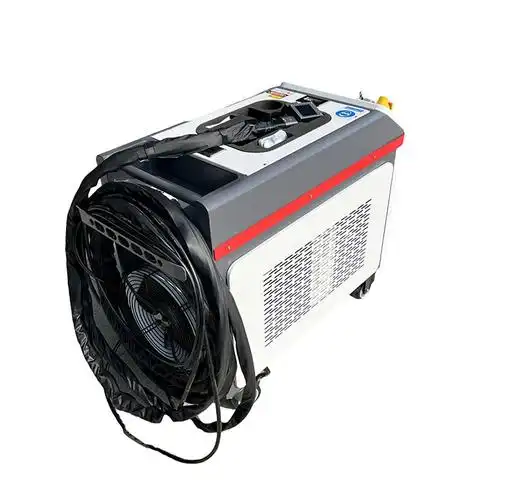Having worked in the laser cleaning and surface treatment industry for more than a decade, I’ve lost count of how many times clients have asked me:
“Why does a laser rust removal machine need gas? Can’t we just skip it to save costs?”
It’s a fair question. After all, gas means an additional expense, plus the hassle of setting up cylinders or compressors. But once you understand the physics behind laser cleaning and the practical engineering reasons, you’ll see why gas isn’t just a fancy add-on—it’s absolutely critical to the process.
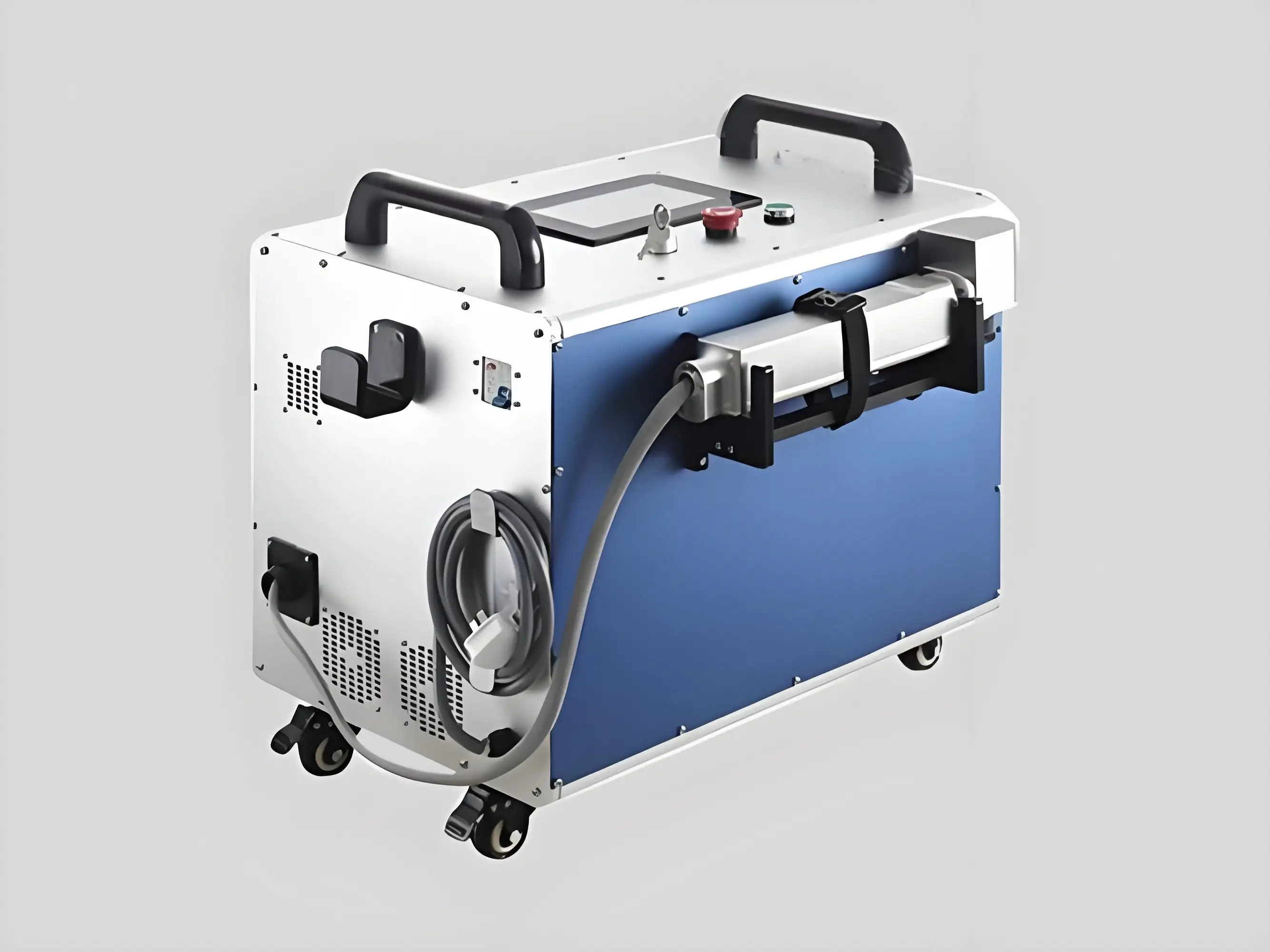
Let me break this down, from both a technical and practical standpoint, so you can make an informed decision whether you’re buying, operating, or troubleshooting a laser rust removal system.
What Are People Really Trying to Figure Out When They Search for This?
From years of talking to customers—whether it’s a small metal workshop in Ohio, an automotive restoration shop in Germany, or a shipyard in Singapore—I’ve noticed most folks looking up “why does a laser rust removal machine need gas” are usually wrestling with:
Trying to lower operating costs.
Gas isn’t free. Nitrogen or argon can add up quickly.
Worried about complexity.
More components = more things to break.
Concerned about safety.
Compressed gases come with handling risks.
So ultimately, they want to know:
Can they eliminate or reduce gas use safely?
If not, why is gas so essential?
And what are the consequences if they try to run the machine without it?
That’s what I’m going to answer for you in detail.
The Real Role of Gas in Laser Rust Removal
When most people think of a laser rust remover, they picture the laser beam zapping away rust—no muss, no fuss.
But the reality is a little more complex. The gas plays three main roles, all of which are crucial.
| Function | Why It Matters | Typical Gases Used |
|---|---|---|
| Assist in cleaning | Blows away vaporized rust, preventing redeposition | Nitrogen, Air |
| Cool the workpiece | Reduces risk of thermal damage, warping, or oxidation | Nitrogen |
| Shield the laser optics | Keeps debris and micro-splatter from fouling the lens | Nitrogen, Argon |
1. Blowing Away the Ablated Material
When the laser hits the rust, it heats it so rapidly that it either vaporizes or breaks up into tiny particulate debris.
If you don’t have a gas flow to immediately blow that away, it can settle right back onto your freshly cleaned surface.

Even worse, those micro-particles can:
Re-melt onto the surface, causing micro-defects.
Scatter light unpredictably, reducing cleaning efficiency.
Think of it like sweeping your floor. If you don’t collect the dust and remove it, it just settles somewhere else.
2. Preventing Heat Buildup
Laser cleaning is generally gentle compared to abrasive blasting or grinding, but it still delivers concentrated energy.
Without a gas flow helping to carry heat away:
Thin workpieces can warp.
The base metal might get too hot and change its properties (especially if you’re cleaning hardened steel or delicate alloys).
Oxidation can occur at the edges of the cleaned zone.
The assist gas helps extract that heat fast, acting almost like a miniature air conditioning unit for the process.
3. Protecting Your Investment (the Lens)
Your laser’s focusing optics are expensive and delicate. Tiny hot metal particles or vapor can settle on the lens, causing:
Micro-cracks from thermal shock.
Burn marks, permanently degrading laser quality.
A continuous flow of clean gas creates a positive pressure barrier, keeping contaminants away from the lens.
Over the years, I’ve seen plenty of customers try to save money by skipping the gas, only to pay a far higher price replacing lenses every few months.
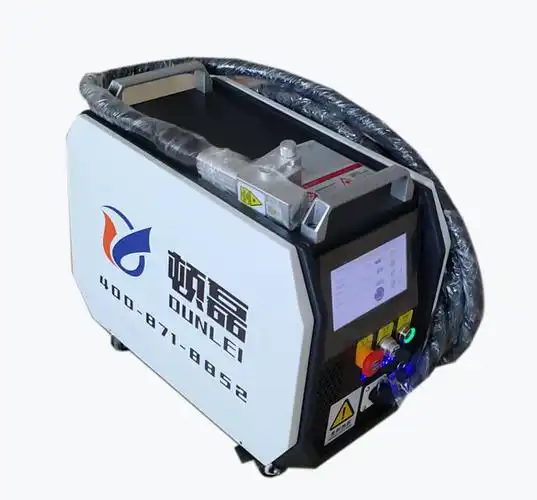
Types of Gases and How to Choose
Most laser rust removal machines use nitrogen. Why? It’s inert, relatively inexpensive, and does a great job preventing oxidation.
Compressed air is sometimes used for cost reasons. It’s fine for many jobs, but can introduce moisture or oxygen which might slightly oxidize freshly exposed metal—usually not critical for heavy rust removal on mild steel, but something to be cautious about with stainless or high-precision parts.
Argon is occasionally chosen when you need maximum inert protection, like in aerospace or for ultra-precise surfaces.
Here’s a quick comparison from my own field notes:
| Gas | Cost | Anti-oxidation | Cooling Efficiency | Typical Use Cases |
|---|---|---|---|---|
| Nitrogen | Medium | Excellent | Very good | General metal cleaning |
| Air | Very low | Poor | Good | Heavy rust on mild steel |
| Argon | High | Excellent | Very good | Aerospace, stainless |
I get it—sometimes people try to “run it dry” to see if it really matters. Here’s what typically happens, based on dozens of troubleshooting visits:
Surface gets re-contaminated.
Without gas blowing away debris, you often see a hazy film or tiny residues sticking back to the part.
Edges get heat-affected.
You might notice bluish or straw-colored heat tints, or even slight warping on thin sections.
Optics degrade rapidly.
I’ve literally seen lenses with pits and burns after just a few hours of operation without gas. Replacement costs can dwarf your annual gas bill.
Inconsistent cleaning quality.
Because debris isn’t cleared out of the beam path, energy absorption becomes uneven, leading to streaks.

Is There Any Way to Reduce Gas Costs?
Absolutely. Over the years, I’ve helped many clients optimize their setups.
Use pulse parameters wisely.
Higher peak power with shorter pulse widths often means less heat input overall, so you need slightly less cooling gas.
Keep your optics clean.
A dirty lens needs more energy (more heat) to achieve the same cleaning, increasing your cooling demands.
Dial in just enough flow.
You don’t always need to run your nitrogen at max PSI. Often a moderate flow rate does the job.
Recycle nitrogen with closed loop systems.
Some high-end operations use nitrogen recovery—worth it if you’re doing large-scale cleaning daily.
My Honest Advice After Years in the Field
Whenever someone asks me, “Is the gas really necessary?” my short answer is:
“If you care about quality and your machine’s lifespan, absolutely.”
Trying to save a few bucks on gas usually ends up costing you way more in rework, machine downtime, and optics replacement.
If your volumes are small and you’re mostly doing rough cleaning on mild steel, you might experiment with compressed air, provided your customer specs allow slight oxidation. But for anything that demands a clean, oxidation-free surface—nitrogen is non-negotiable.
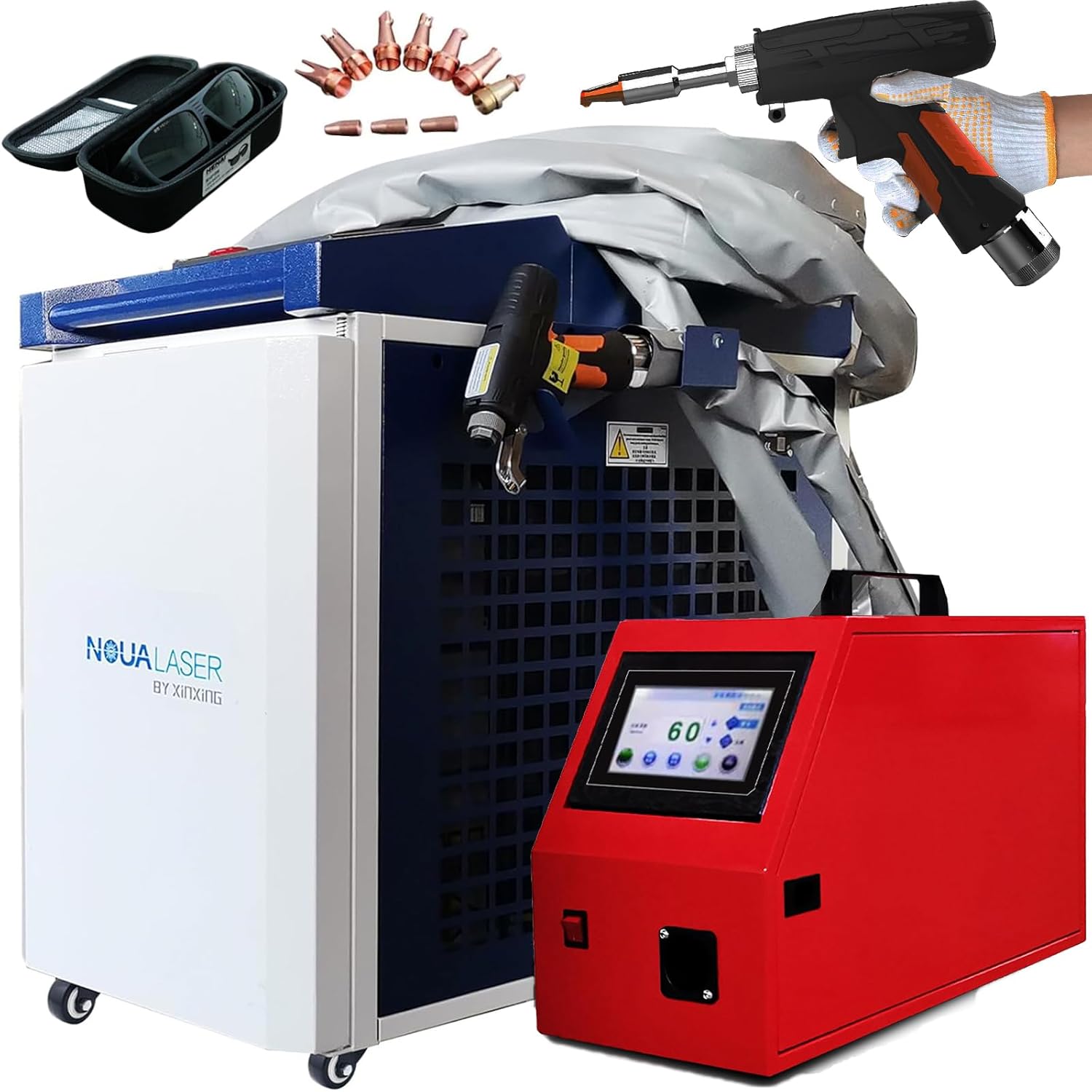
Related Questions & Quick Answers
Q: Can I use CO2 instead of nitrogen?
Not recommended. CO2 is heavier, doesn’t clear debris as well, and can cause unwanted chemical reactions on hot metal.
Q: How often should I change my gas filters?
Generally every 3-6 months, but it depends on your usage and local air quality. Dirty filters drop pressure and reduce effectiveness.
Q: Is it possible to laser clean underwater instead of using gas?
There are experimental systems for underwater laser cleaning (mainly for ship hulls), but they’re highly specialized and not a replacement for gas in typical workshop environments.
Final Thoughts
I hope this gives you a clear, real-world perspective on why a laser rust removal machine simply can’t operate effectively without gas.
It’s not just a technical detail; it’s fundamental to ensuring your cleaned surfaces are truly clean, your machine lasts for years, and your process stays cost-effective in the long run.
If you’re wrestling with specific scenarios—like whether you can get away with air instead of nitrogen, or need help sizing your gas delivery system—drop me a comment. I’m always happy to share what I’ve learned from years in the trenches.

